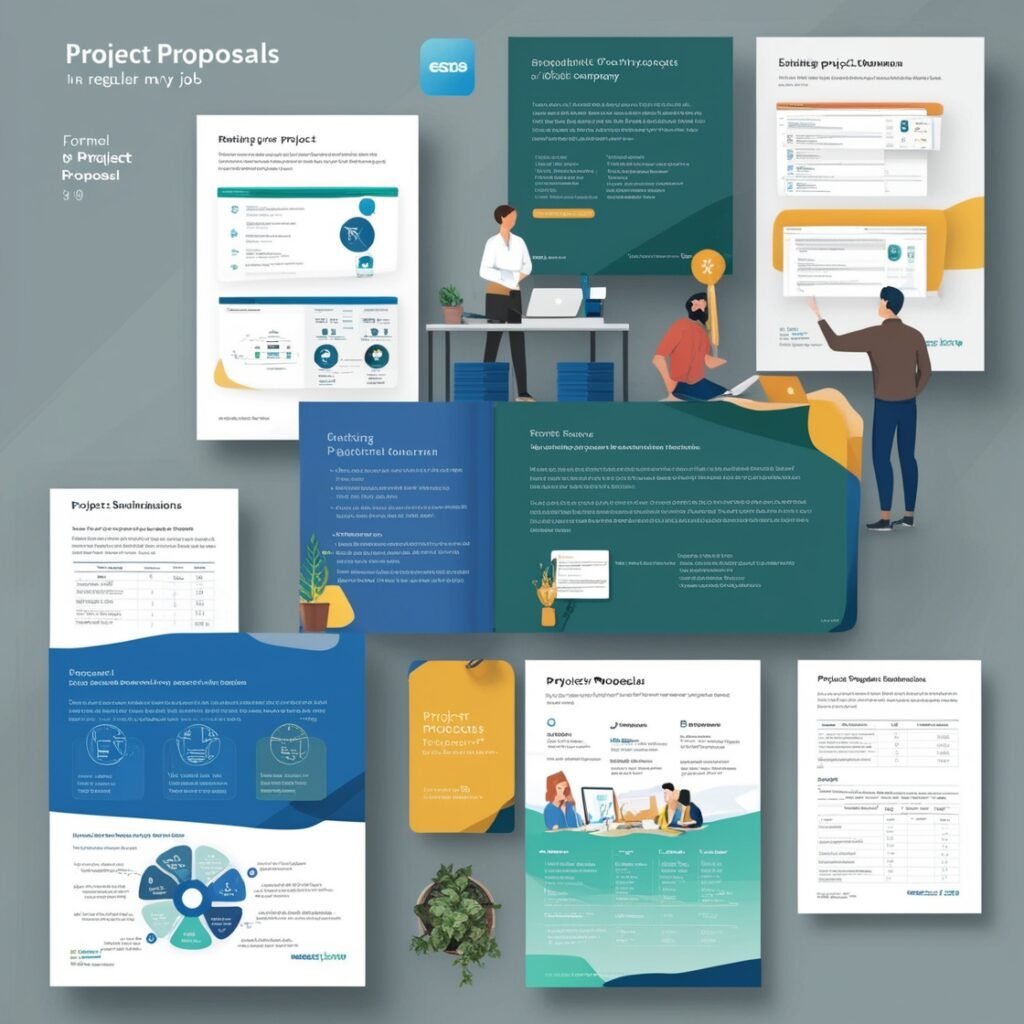
Writing project proposals is a regular part of my job. As a software company, we frequently engage in various projects with multiple teams specializing in software development, domain expertise, AI and ML, and testing automation. To secure versatile projects, we regularly participate in different tender submissions, EOI (Expression of Interest) submissions, or formal project proposal submissions.
In preparing proposals, we start by defining the project scope, which requires a clear understanding of the software domain. Before developing the software, we need a detailed functional understanding, informed by the scope definition and effort estimation. Clients typically provide a high-level BRD (Business Requirements Document), which we must analyze and clarify through meetings or a series of questions to determine the precise project scope. This process can be challenging but is essential for defining functional specifications and estimating effort accurately.
For effort estimation, we apply a minimum, moderate, and maximum approach. This involves assigning a number of person-days required for each feature. A senior colleague then provides a similar estimation, and we calculate an average to determine a reliable estimate. This average gives us confidence during negotiations, ensuring we do not agree to a lower effort than the minimum required.
In tender or EOI submissions, our proposal documents include architectural diagrams, hardware specifications, system diagrams, resource CVs, and other relevant documents and certifications to instill confidence in the evaluators. However, despite our efforts, success is not guaranteed due to the high competition. Building relationships and networking before submission can improve our chances.
Typically, tenders have two parts following the EOI submission: the technical proposal and the financial proposal. The evaluation committee assesses each independently. After technical evaluation, setting a competitive price requires thorough market research, competitor analysis, and knowledge of the winning team’s efficiency and delivery timelines.
Despite our best efforts in preparing comprehensive proposals, success is not always certain. If unsuccessful, we evaluate our performance, examine competitor strengths, and identify areas for improvement to enhance our chances in future bids.